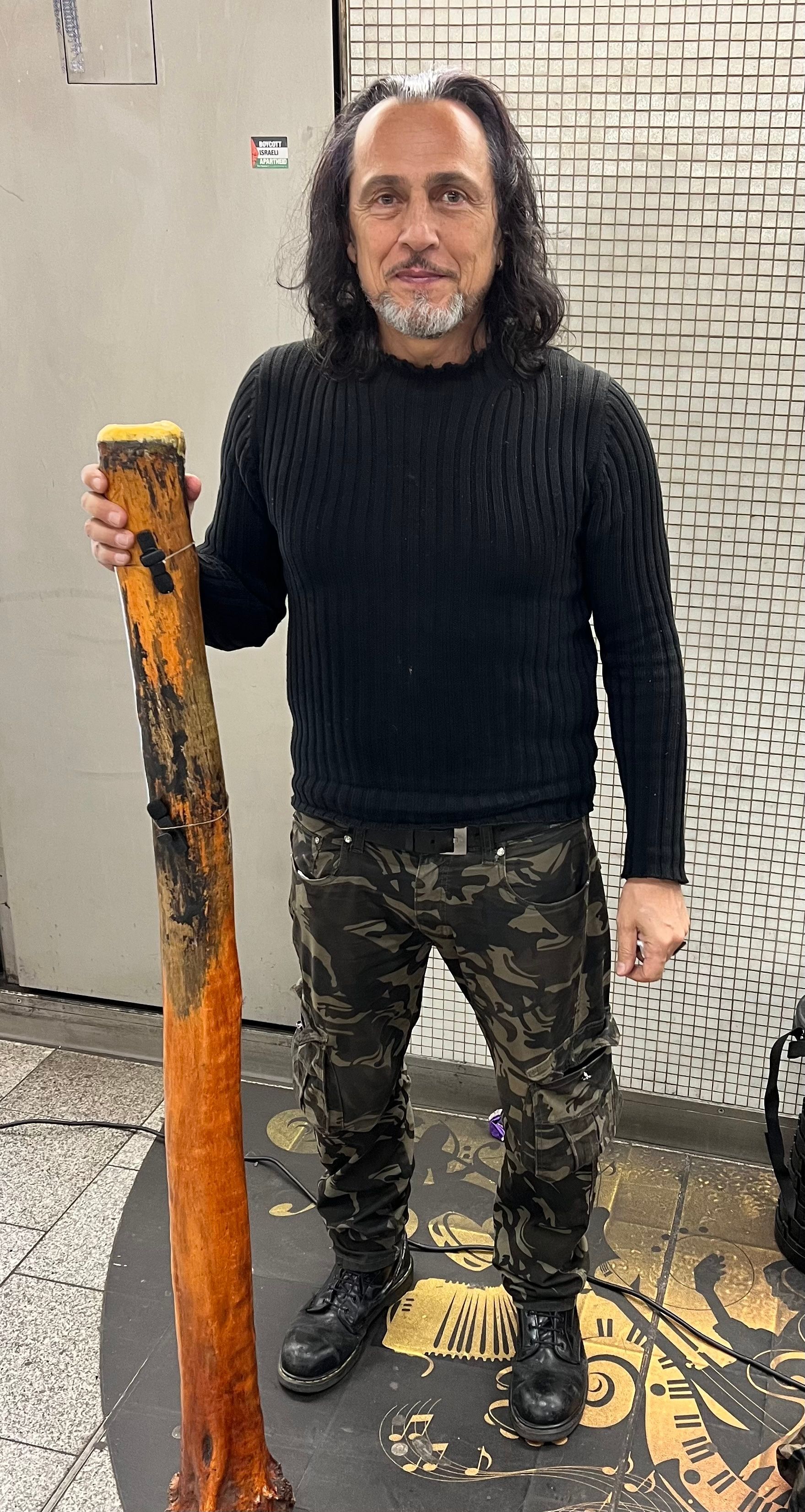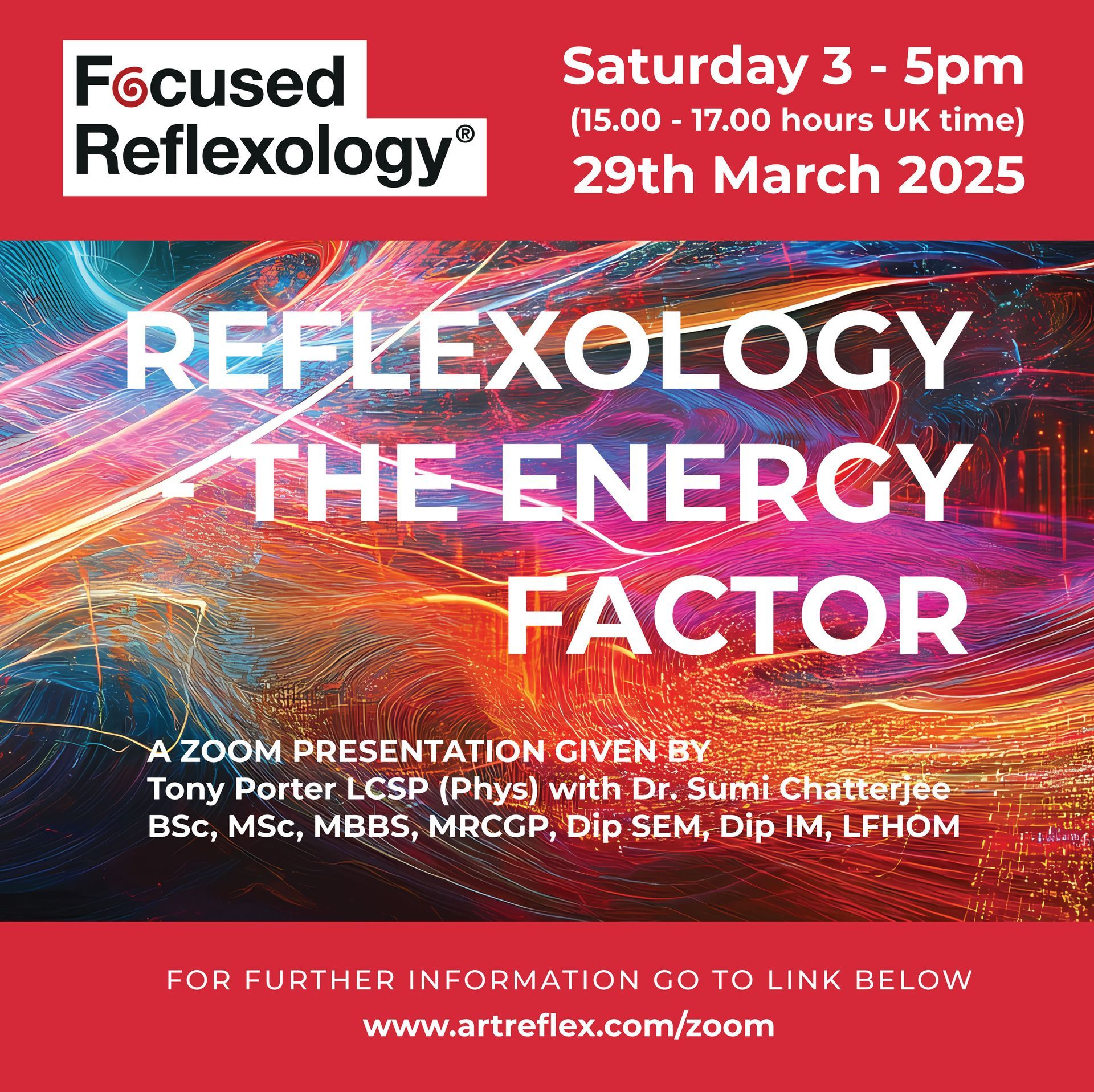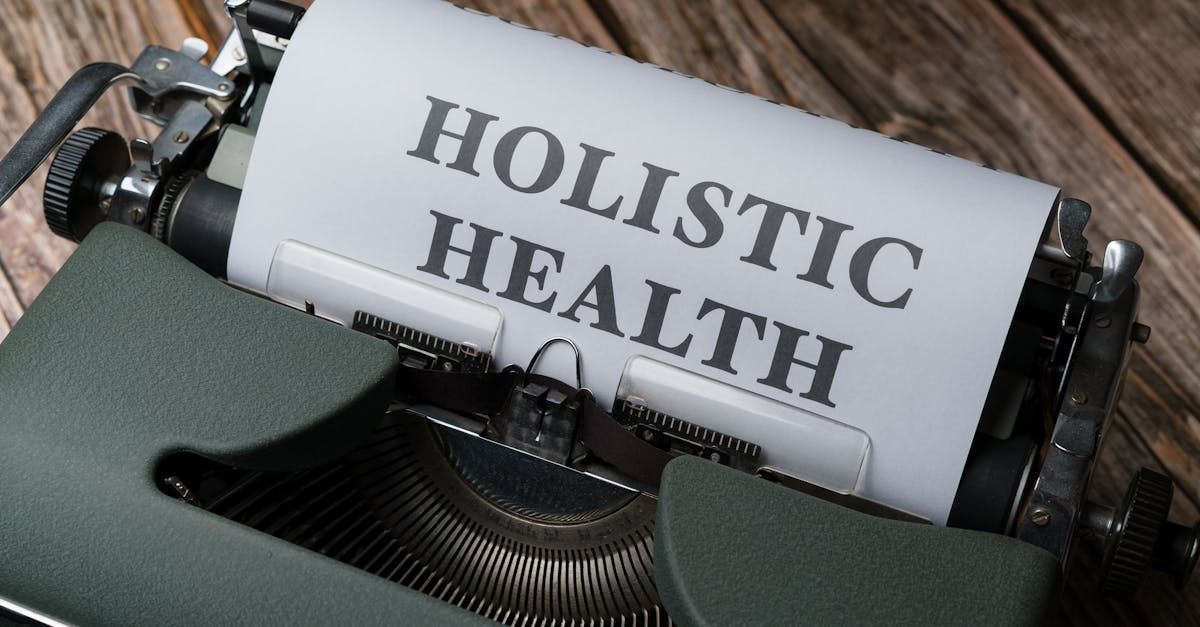REFLEXOLOGY AND LOW BACK PAIN An alternative approach

During my physical therapy training, students were told that for every case of back pain successfully treated, at least two new clients would be brought to the practice. I can vouch for this. As Low Back Pain (LBP) is the most common pain practitioners encounter, let us explore how it applies to reflexology.
My experience has shown that reflexology can be highly efficient in easing or eliminating the distress caused by this condition and can provide a positive boost to satisfied clients. The treatment of LBP is a convenient subject to explain the gist of this article.
Reflexology is more than following a chart and applying contact to a reflex, which the practitioner assumes needs to be worked on instead of letting the feet tell stories through their reflex status. Eunice Ingham, The Mother of Reflexology, gives clues to this through her books, ‘Stories The Feet Can Tell’ and ‘Stories The Feet Have Told.’ Yet, how many reflexology practitioners work this way by letting the reflex status of the feet tell the stories?
The subject of LBP is convenient for explaining the concepts that I devised through A.R.T./Focused Reflexology, where the principle focus is on the practitioner becoming aware of the reflex disturbances on the feet and applying the appropriate types of contacts rather than the practitioner applying contacts to the reflexes that they believe need to be treated. In a previous blog, I mentioned the importance of examining the hip reflexes, as it is an imbalance here that can be the primary cause of LBP.
In addition, the feet need to be thoroughly mobilised using various techniques, including thumb walking counter-flexion of the plantar cuneiform and metatarsal joints. This has to be a focused and deep movement that can only be performed without lubrication! Most reflexologists are unaware of and unable to perform this technique. A weak ‘tweak’ of feet dripping in oil will not achieve what I explain here.
Lubrication can be used when necessary and with the appropriate techniques. However, it cannot be used in conjunction with the classical ‘walking’ techniques. In this case, it is not reflexology but a dilution denigrating the therapy being used.
Also, when the feet are treated with positive and focused techniques without lubrication, the accompanying stretching and stressing of the skin and underlying structures of the feet (including the fascia) produces a beneficial electrical potential which would not occur if a lubricant is used, as the fingers and thumbs would just slide over the skin.
The ankles must be rotated in all directions, including plantar and dorsiflexion. This serves two purposes: one is to find if there is a restriction to one ankle more than the other, which is an indication of lumbar/pelvic tightness on the same side as the restriction (ruling out if there has been an injury to the ankle)
The other purpose is to help loosen the pelvic region, which takes place through the rotation of the ankles.
Before my reflexology life, I had built a busy and successful remedial and physical therapy practice in North London. People came to me for their painful ailments, and LBP was the most common. Some were in so much pain that massage on the body was out of the question.
I found that a deep and exclusive massage and mobilisation of the feet would at least reduce the pain and increase mobility (which is a precursor to accelerating the healing process), or the pain they presented was reduced to a minimum after the first treatment.
Although reflexology is not massage in the strictest sense, it demonstrates that LBP needs to involve examining and working all the reflex areas of the feet, not just the symptomatic.
Through this, I built a very successful practice with a three-week waiting list.
The advantage of treating LBP through the feet is that, apart from promoting general physical relaxation, it gives clients a boost to their mood, which is often affected by pain, and without manipulation.
The Fascia,
It is the ubiquitous corset and support of the body and acts as a communication network and matrix of the body. Therefore, it is of significant consideration in LBP and many other conditions. While on the subject, the fascia is responsible for most of the reflex communication of the body. With
the appropriate types of techniques, the feet provide an excellent way to influence the fascia.
Nothing in the body takes place in isolation — everything is connected, and LBP is no exception. This is why all areas which show unusual tension and textures need to be part of the treatment for LBP.
I mentioned in my previous Blog about relying on foot charts. These charts are helpful, particularly to reflexology novices. However, continually relying on them severely limits reflexology's potential.
I cannot emphasise enough how reflexology is about cultivating the ability to sense what is going on under our fingertips and then applying the appropriate range of techniques.
For example, when treating a client with LBP, work over the feet with the fingers and thumbs and then include the mentioned mobilisation techniques. Rotate the ankles, palpate, loosen, knead and rotate the metatarsals. Twist the medial areas of the feet. Apply positive and focused pressure with the thumbs and include the counter-flexion movement. Work the plantar and dorsal areas of the toes with thumbs and index fingers.
These movements are performed with authority and not brutality. Even after all these years, I still get great professional satisfaction when I feel the feet under my hands becoming softer and more flexible. When this happens, areas of tension are revealed; for example, perhaps the lateral metatarsal joints are tighter on one foot than the other, and the areas of the cuneiforms can show tighter on one foot than the other, or a shoulder reflex shows as disturbed.
These are vital indications of imbalance, and they must be considered involved in LBP. Therefore, they need to be worked on until they become more normalised.
There is a meaning behind reflexology—a golden thread uniting all parts of the body (and mind). Working in this way is what it means to become in tune with reflexology's deeper potential.
Remember to ‘Treat what you find and not what you are looking for’!
I will arrange online presentations on this subject and the techniques as soon as possible, which will be announced through these channels.
My Best Wishes
Tony Porter ©️











